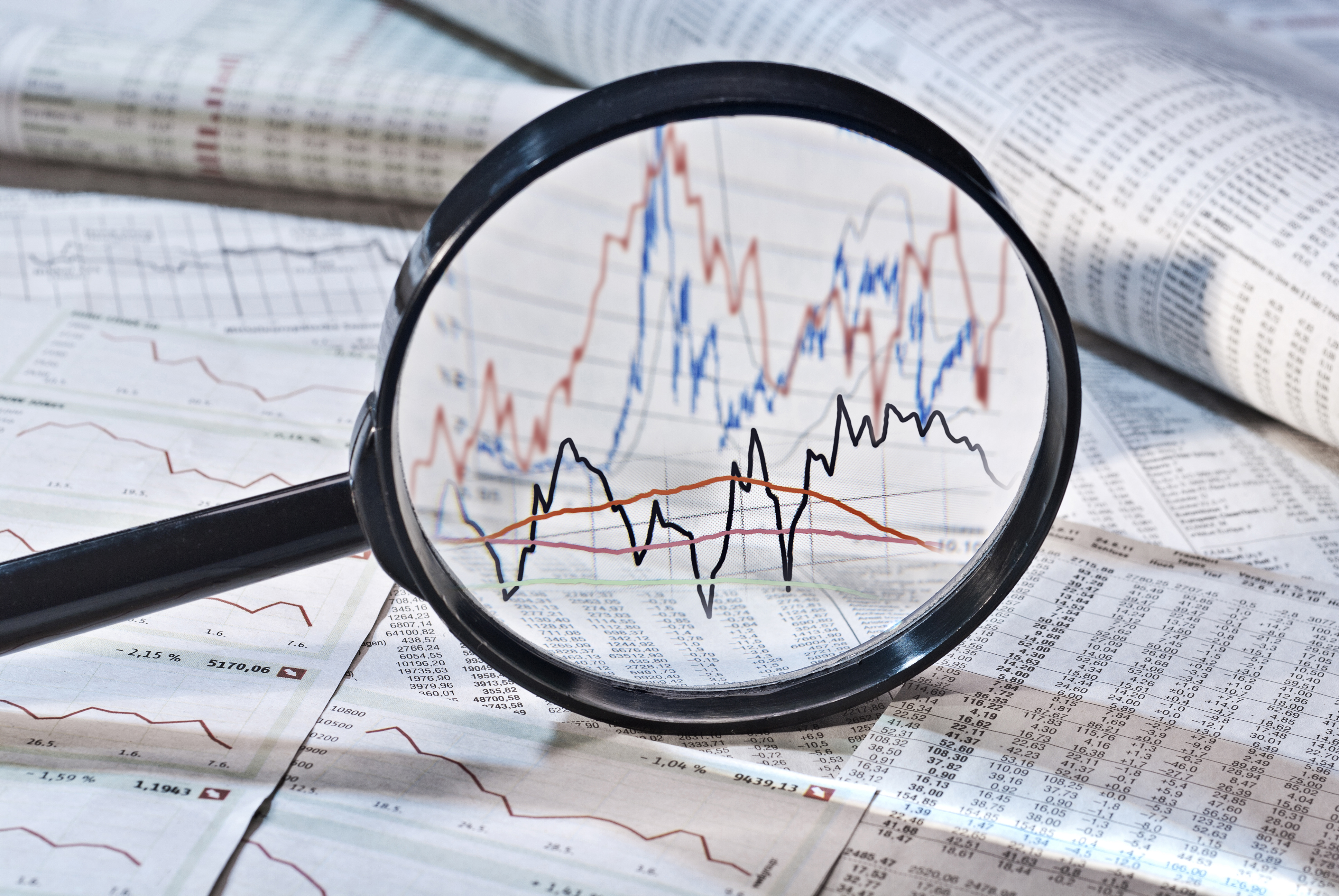A global health crisis, border closures, virtual workforces, quarantined countries, fluctuating interest rates, online education, sporting events canceled… 2020 has seen rapid and massive change, with daily developments that are making people around the globe feeling shaken and uncertain.
We are all feeling it. Yet most companies have developed strategy on the basic assumption of consistent growth. So, why are so many leaders reading about the risks and opportunities in the papers, but still stuck in a static model when it comes to strategy and planning?
The answer is simple: they are so heads down on today’s priorities that they haven’t taken the time to imagine “what if?” or build plans to win in any scenario. Most planning models are linear and are straight-line extrapolations from the current state. This approach often leads to strategic surprise, missed targets, lost opportunities, and occasionally, crisis.
It doesn’t need to be this way. Scenario planning lets leaders explore a range of possible futures that challenge conventional and linear approaches. Scenarios help leaders become more vigilant by exposing critical connections between future uncertainties, revealing insights about risks or opportunities, and providing a shared framework for understanding.
Scenario planning can be used to power traditional strategic planning processes, add depth to executive development programs, and bring foresight and pragmatism to leadership off-site meetings.
Over the past 20 years, we’ve come to realize that the following essential ingredients are critical to a successful scenario planning program.
Future-Proofing Your Strategy: 5 Tips for Right Now
1. Identify the full range of uncertainties facing your organization
Good scenario planning isn’t built around the certainties, but rather the uncertainties. It’s often easiest to first explore those as they relate directly to your organization. How might your workforce evolve? How might you fail to execute as planned, given your historical patterns and challenges? Next are industry uncertainties. How will the ecosystem evolve? What new actions might customers take? How will customer needs change? Finally, ask questions about the macro-trend uncertainties. How will the social, technological, environmental, economic, and political environments evolve?
Rather than developing individual forecasts in each of these areas, scenario planners identify a range of possibilities – so that multiple outcomes can be explored.
2. Create a limited set of clear, compelling narratives
There are more uncertainties impacting an organization than a leadership team can manage at any one time. We often find over 100 relevant uncertainties – each with multiple outcomes. A good set of scenarios should be internally consistent, plausible, and challenging. It should raise the most strategic questions an organization faces, and fundamentally challenge the most critical assumptions leadership holds.
The art of scenario planning comes down to weaving these uncertainties and their outcomes into 3 to 6 realistic, strategically relevant, memorable narratives.
3. Rehearse your reactions
With the scenarios in hand, cross-functional teams can develop winning strategies for each narrative. Work backwards from each scenario’s end-state to identify core signals (how do we know what’s coming?) and key triggers (how do we know we’re in it?) for each. This knowledge is foundational for a strategic monitoring system, which can often be set up during a scenario planning workshop. It is also helpful for generating new strategies.
The mere process of imagining organizational responses to a set of conditions out of your immediate control leads to fresh ideas which might be deployed in the event the scenario occurs – or maybe even if it does not.
4. Future-proof your strategy
Many organizations conduct a cross-scenario analysis to identify no-regrets moves – ones that should be taken in any scenario. Those are readily distinguished from big-bets, which only pay-off in one or two scenarios. Royal Dutch Shell is famous for using scenarios to generate strategic options. Working backwards from a scenario’s end-state, they look at what they would want in place, given the occurrence of various scenarios, and identify the most efficient way to maintain a strategic option on that future.
A scenario-based strategy gives confidence to act early because it connects choices today with future external triggers.
5. Build a culture of continuous observation
Strategic scenario planning is much more than a planning tool to be dusted off with each planning cycle. Done well, scenario planning promotes a mindset of inquiry, communication, and collaboration – a culture of preparing for the unknown. It trains your leaders to constantly look at the external environment, identify signals and opportunities, discuss them, and adjust.
Done well, scenario planning promotes a mindset of inquiry, communication, and collaboration – a culture of preparing for the unknown.
If you want preparedness, vigilance and resilience on your leadership team, consider an enterprise-wide scenario planning program. You’ll get a robust analysis of the exogenous forces impacting your business, a set of interactive learning experiences that enhance cross-functional understanding, and a persistent system for monitoring the external environment and promoting peripheral vision. And, you’ll avoid the otherwise inevitable: strategic surprise.
This article was originally published on the Trium website.


